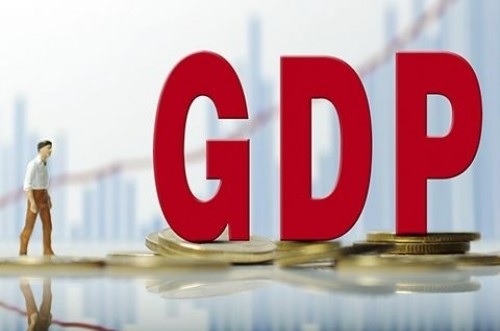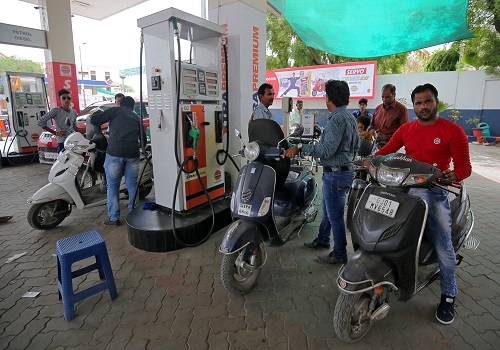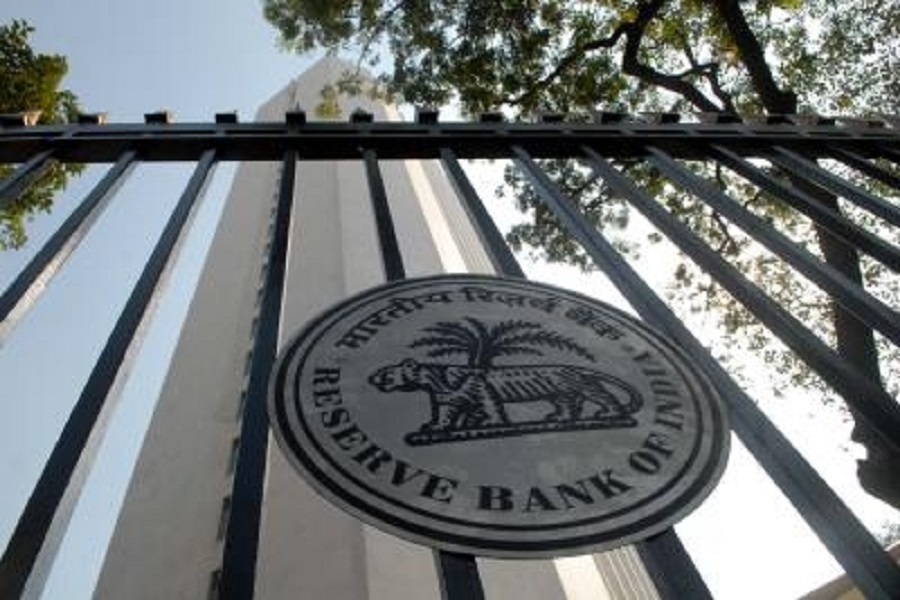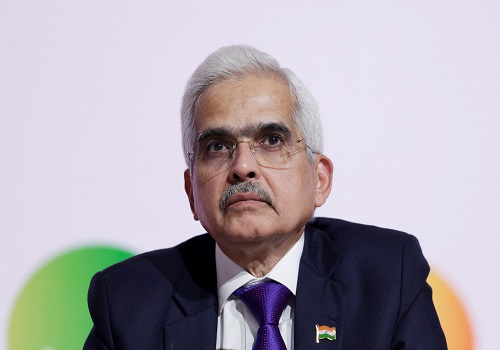India`s economy is on stable high growth path backed by stronger banks: RBI
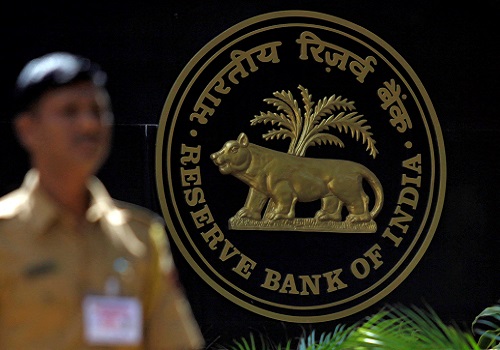
Follow us Now on Telegram ! Get daily 10 - 12 important updates on Business, Finance and Investment. Join our Telegram Channel
Amidst a challenging global macroeconomic environment, the Indian economy is exhibiting “a quickening growth momentum,” with resilience and financial stability, according to the RBI’s Financial Stability report released on Thursday.
The report said that bolstered by strong capital buffers and robust earnings, financial institutions are supporting durable credit growth.
“At the same time, higher profits and lower leverage are contributing to sound corporate financials,” the report said.
It said that the Indian economy and the domestic financial system remain resilient, supported by strong macroeconomic fundamentals, healthy balance sheets of financial institutions, moderating inflation, improving external sector position and continuing fiscal consolidation.
“Proactive and prudent policy actions and availability of policy buffers are steering the economy on a rising growth trajectory with stability,” the report said.
The report highlights the fact that the gross non-performing assets (GNPA) ratio of banks continued to decline to a multi-year low of 3.2 per cent and the net non-performing assets (NNPA) ratio to 0.8 per cent in September 2023 indicating the stronger position of lenders.
Highlighting the strength of the banking sector, the report states that the capital to risk-weighted assets ratio (CRAR) and the common equity tier 1 (CET1) ratio of scheduled commercial banks (SCBs) stood at healthy 16.8 per cent and 13.7 per cent, respectively, in September 2023.
The report said that the macro stress tests for credit risk reveal that the country’s banks would be able to comply with minimum capital requirements, with the system-level CRAR in September 2024 projected at 14.8 per cent, 13.5 per cent and 12.2 per cent, respectively, under baseline, medium and severe stress scenarios.



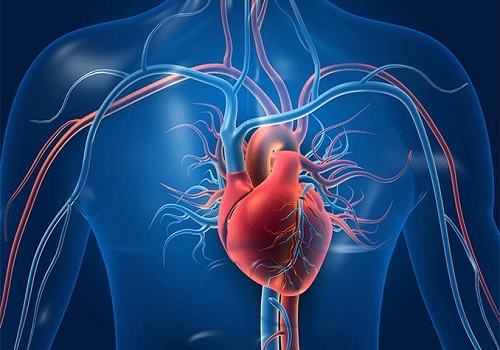








 320-x-100_uti_gold.jpg" alt="Advertisement">
320-x-100_uti_gold.jpg" alt="Advertisement">



